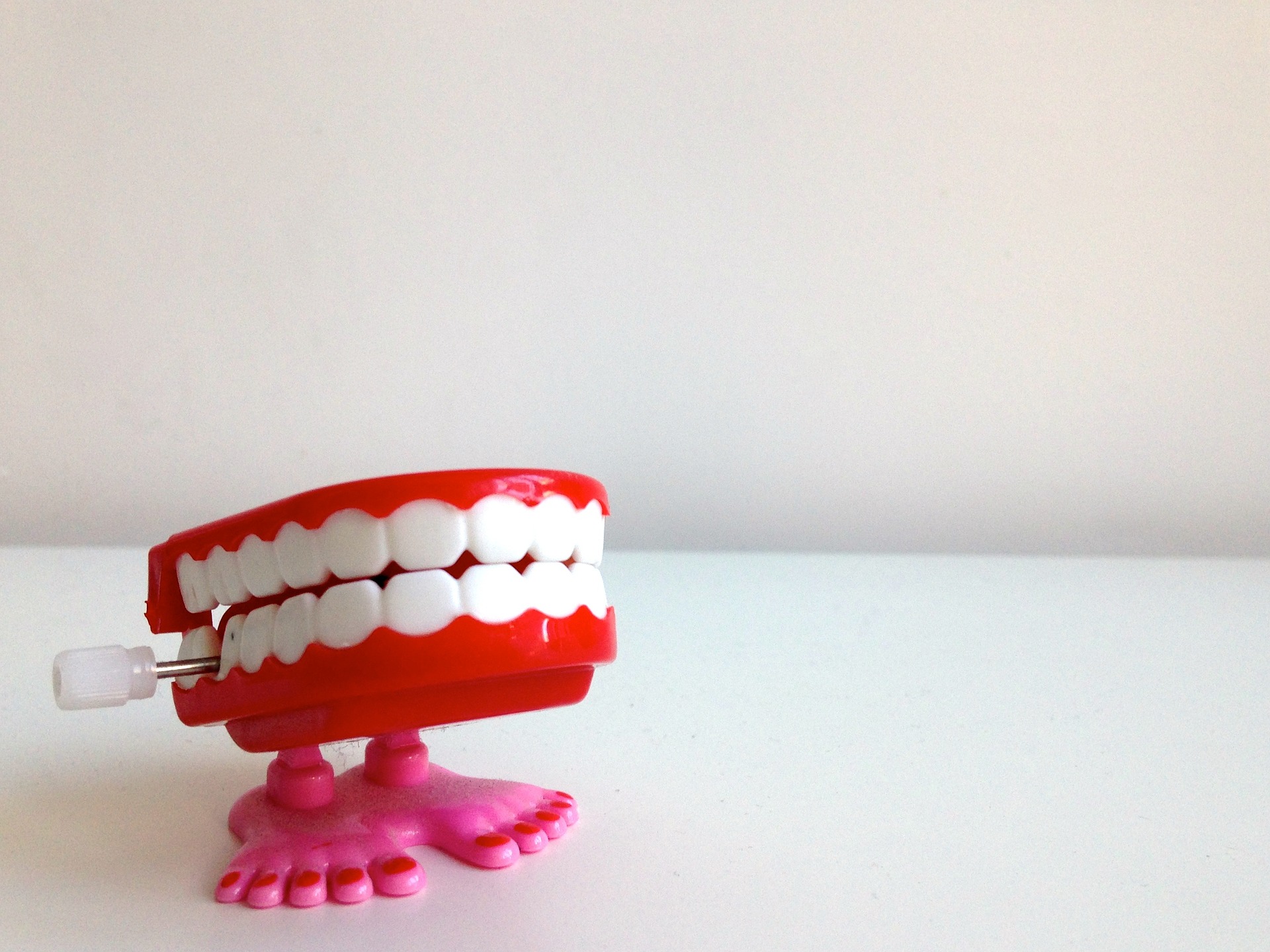
According to an internet search on “interesting facts about teeth” I am going to smile an average of 62 times today. My husband will smile about 8 times; a fact I shared with him while laughing — which adults do an average of 15 times a day. Children laugh approximately 400 times a day. Hmmm….now there’s another blog.
My motivation for internet searches about dental health was elicited only by the fact that February is National Children’s Dental Health Month. In thinking about this topic, I realized I had anxiety about looking up facts and writing about dentists and oral health — recommendations not followed, reminders of drills, pokey instruments, ugh! Imagine how a child with a disability, such as autism, anxiety or a trauma history, would feel sitting in that reclining dentist chair seeing a bright light shining in their face with an adult peering over them.
Dental cavities are the number one chronic disease affecting young children. According to the Maternal and Child Health Bureau, children with special needs or disabilities are almost twice as likely to have unmet dental problems compared to children without special needs. For non-verbal youth, a smile or frown may be only one of many ways to communicate; with no words, tooth pain may be shown through disruptive behavior. Difficulty verbalizing tooth pain may be exhibited through behavior.
Finding ways to keep our children’s teeth healthy by helping them tolerate regular visits to the dentist and brushing and flossing twice a day is important. Children’s dental health is important not only to promote beautiful smiles but also for their physical, developmental and emotional health. A growing body of evidence has shown links between gum disease and heart disease, dementia, rheumatoid arthritis and premature births. Feeling self-conscious about your smile can change how you interact with people. Some people avoid smiling or cover their mouths, or even stop socializing due to their concern about how their teeth look. This can contribute to low self-esteem.
The American Dental Association (and our mothers!) have recommendations to prevent tooth decay and be Mouth Healthy; I’ve added a few interesting facts:
- Brush your teeth for 2 minutes twice a day with fluoride toothpaste. Ancient Greeks used pumice, talc, alabaster, coral powder or iron rust as toothpaste. The average person brushes 45-70 seconds a day; in a lifetime, the average American spends 38.5 total days brushing their teeth.
- Floss between your teeth twice daily as well. If you don’t, you are missing 40% of your teeth surfaces and we’ve had floss commercially since 1882.
- Avoid sugary snacks and drinks. People who drink 3 or more glasses of soda each day have 62% more tooth decay.
- Wear a mouth guard when you’re active. Enamel is the hardest surface in the human body but teeth still need protection during sports from trauma, loss and breakage.
- Don’t smoke. Smoking impacts oral health by causing stained teeth and tongue, dulled sense of taste and smell, slow healing after a tooth extraction or other surgery, difficulties in correcting cosmetic dental problems, gum disease, and oral cancer.
- Don’t pierce your lips or any part of your mouth. Like fingerprints, everyone’s tongue print is different; it does not need adornment to be unique. Tongue piercings can damage the enamel, and the mouth is filled with millions of bacteria; infections happen frequently with oral piercings.
- See your dentist, not a crocodile bird. Regular dental visits will help set you (or your child) up to be Mouth Healthy for Life. A crocodile bird flies into the open mouth of a crocodile and cleans the crocodile’s teeth!
For individuals with disabilities there are many resources and recommendations for addressing challenges to meeting dental health goals. Here are just a few:
The American Speech-Language-Hearing Association blog
Dental Needs for Children with Special Needs
Practical Oral Care for People with Disabilities
So make an appointment and GO BRUSH!
—
by Dara Oja, RN, BSN
Director of Nursing
Children’s Services
Spurwink
